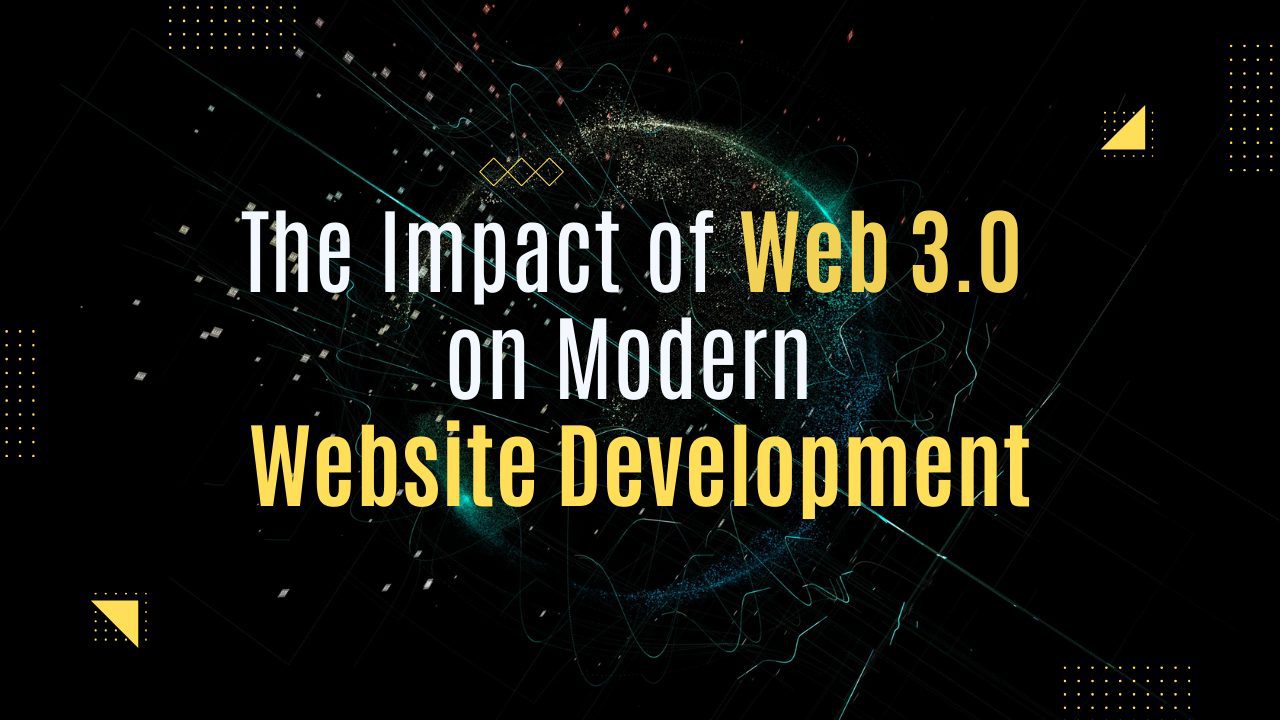The digital landscape continues to evolve at an unprecedented pace, and one of the most transformative forces shaping this evolution is Web 3.0. Characterized by its decentralization, enhanced user control, and integration of blockchain technology, Web 3.0 is fundamentally altering how modern websites are developed. The impact of Web 3.0 on modern websites is profound, as it reshapes not only the technical frameworks but also the way developers and businesses approach user experiences.
This paradigm shift introduces a new layer of interactivity and personalization, empowering users to engage with content like never before. As we delve deeper, it becomes evident that understanding and adopting Web 3.0 principles is no longer optional for those aiming to stay relevant in the digital realm.
What is Web 3.0?
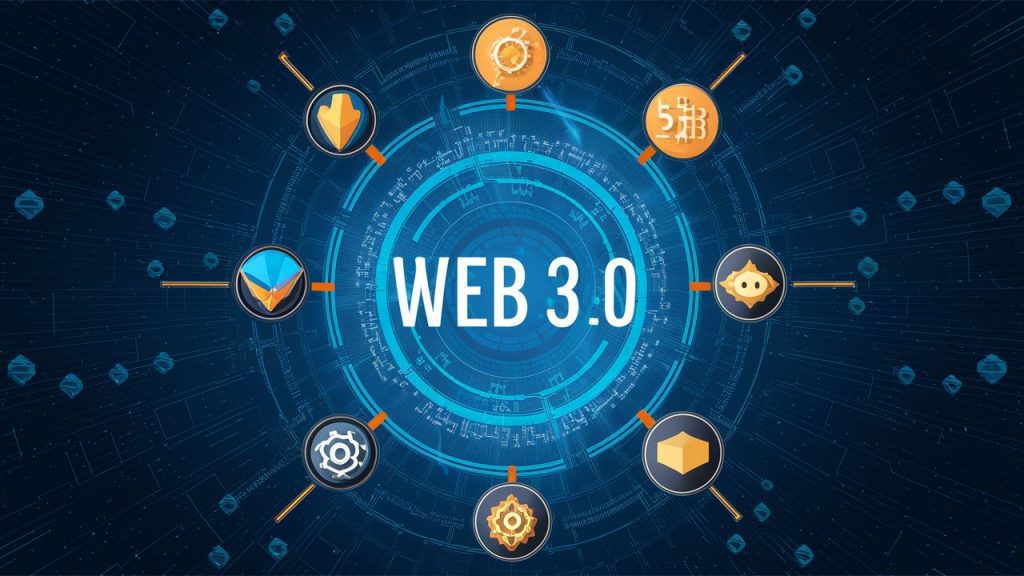
Web 3.0 represents the third generation of internet evolution, built upon the principles of decentralization and user-centric control. Unlike its predecessor, Web 2.0, which emphasized centralized platforms and user-generated content, Web 3.0 focuses on blockchain technology, enabling secure and transparent data exchanges. This transformation shifts power dynamics, placing greater emphasis on individual ownership and privacy.
Additionally, Web 3.0 leverages AI and machine learning to create smarter, more adaptive websites. These technologies work in tandem to deliver hyper-personalized content, streamline navigation, and predict user needs with unprecedented accuracy. The foundation of Web 3.0 lies in its ability to connect data in a decentralized manner, making information universally accessible while safeguarding user autonomy.
Key Features of Web3.0
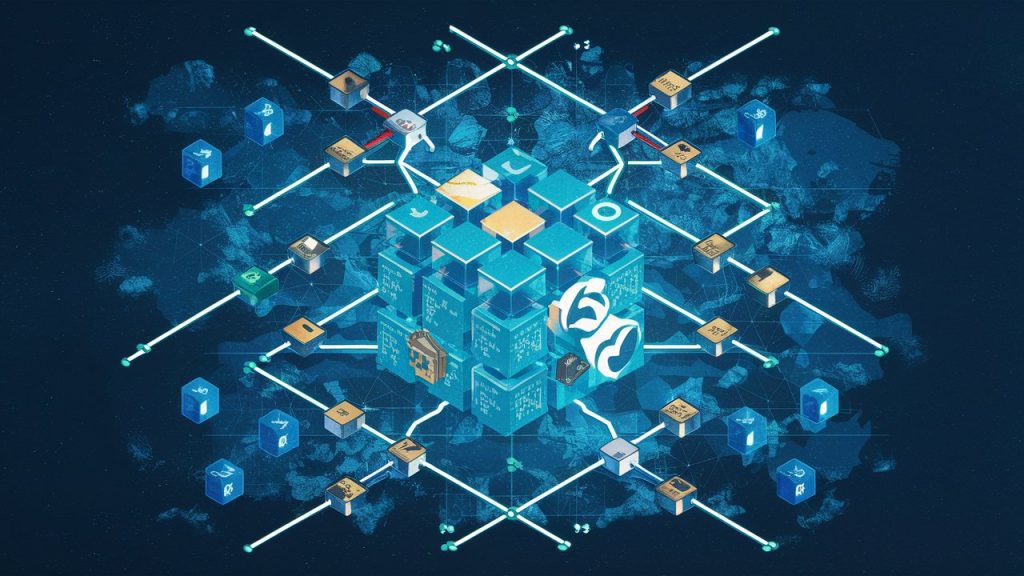
The defining features of Web 3.0 distinguish it as a revolutionary phase in internet development. At its core, decentralization eliminates reliance on single entities, reducing risks associated with centralized failures or breaches. Blockchain technology underpins this framework, providing an immutable ledger for transactions and interactions, ensuring transparency and trust. Semantic web capabilities allow machines to interpret data contextually, facilitating more intuitive and relevant user experiences.
Moreover, Web 3.0’s integration of AI enhances the dynamic nature of websites, enabling them to evolve based on user behavior and preferences. Interoperability, another critical feature, ensures seamless integration across platforms and devices, fostering a more connected and inclusive digital ecosystem. These features collectively drive innovation, making Web 3.0 an indispensable component of modern web development.
How Web 3.0 It says 0 is Transforming Website Development
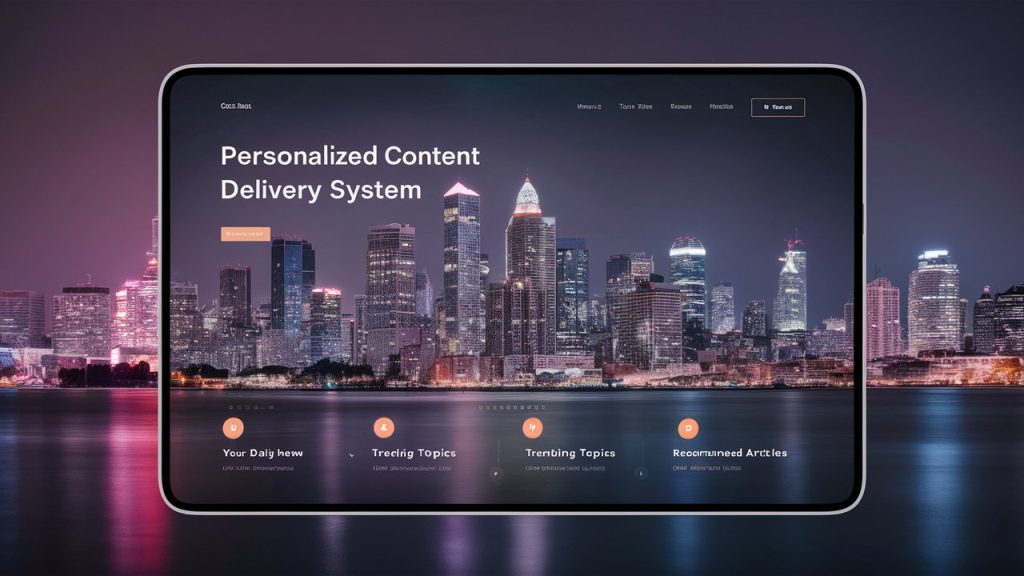
The adoption of Web 3.0 principles is revolutionizing the way websites are designed, developed, and maintained. Traditional website models, which relied heavily on centralized servers, are being replaced by decentralized architectures that enhance scalability and resilience. Blockchain integration ensures that data is securely stored and shared, minimizing vulnerabilities and promoting transparency. For developers, this means rethinking the underlying infrastructure to accommodate peer-to-peer interactions and tokenized economies.
Users, on the other hand, benefit from greater control over their data and personalized experiences that cater to their unique preferences. The shift to Web 3.0 also encourages the adoption of decentralized applications (dApps), which operate autonomously and provide seamless functionality without the need for intermediaries. Dive deeper into our [blog posts] for in-depth insights and examples.
Practical Applications and Uses of the Web 3.0 in Website Development
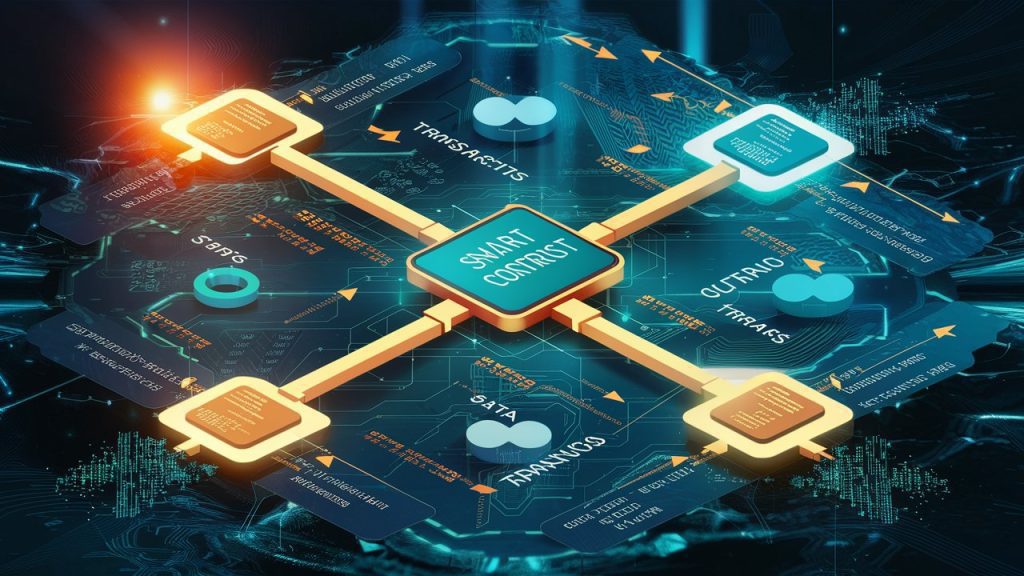
Web 3.0’s impact on website development is evident in its practical applications across various industries. E-commerce platforms, for instance, are leveraging blockchain to create secure payment gateways and enhance supply chain transparency. Educational websites are incorporating AI-driven tools to provide personalized learning experiences, while healthcare platforms use decentralized data storage to protect sensitive patient information.
Social media networks are also transitioning to Web 3.0 models, enabling users to monetize their content and maintain ownership of their digital identities. Furthermore, Web 3.0 facilitates the development of smart contracts, which automate complex processes and eliminate the need for third-party intermediaries. These applications underscore the versatility and potential of Web 3.0 in redefining the digital landscape.
Challenges and Considerations
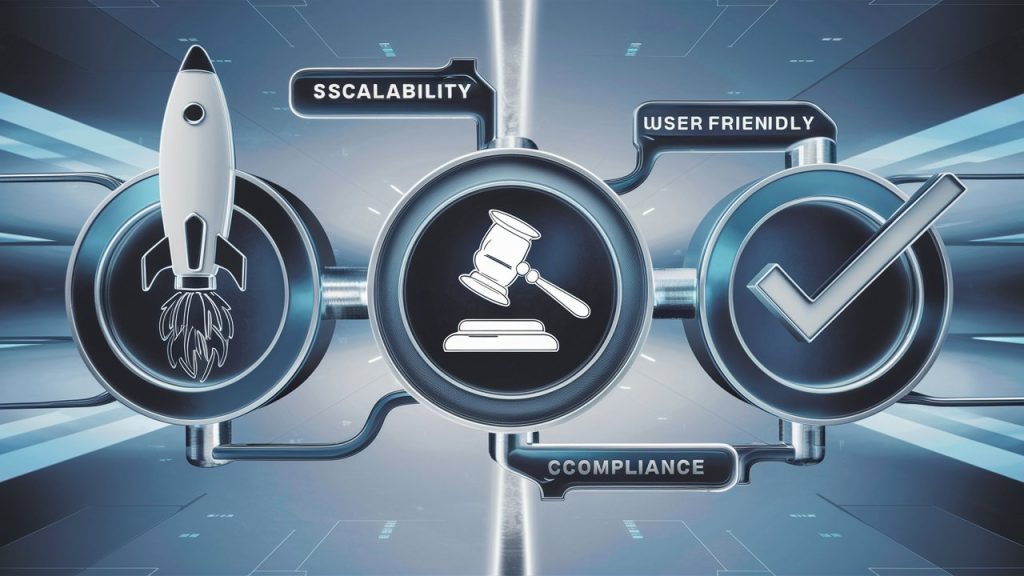
Despite its numerous advantages, Web 3.0 presents several challenges that must be addressed to ensure its widespread adoption. The complexity of blockchain technology and decentralized systems requires developers to acquire new skills and adapt to unfamiliar frameworks. Scalability remains a significant concern, as current blockchain networks often struggle to handle large volumes of transactions efficiently.
Additionally, the decentralized nature of Web 3.0 raises questions about regulatory compliance and governance, as traditional legal frameworks may not align with this new model. Users, too, face a steep learning curve in understanding and navigating Web 3.0 platforms. Addressing these challenges requires collaborative efforts from developers, businesses, and policymakers to create an ecosystem that is both user-friendly and robust.
The Future of Web 3.0: A New Era of Internet Architecture
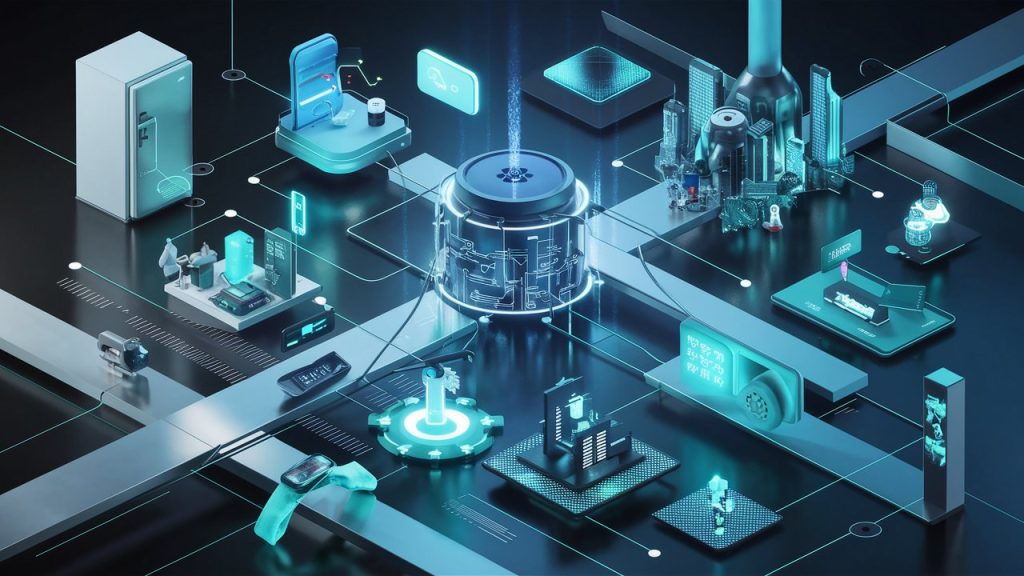
As Web 3.0 continues to evolve, it is poised to redefine the internet’s architectural landscape. The integration of decentralized technologies will pave the way for a more equitable and transparent digital ecosystem, empowering users and creators alike. Innovations in blockchain scalability, such as sharding and layer-2 solutions, are expected to address current limitations, making Web 3.0 more accessible and efficient.
Additionally, the rise of decentralized autonomous organizations (DAOs) highlights the potential for community-driven governance models that prioritize collective decision-making. As businesses and developers embrace these advancements, the internet will transform into a platform that fosters innovation, inclusivity, and collaboration, shaping the future of digital interactions.
Conclusion
The impact of Web 3.0 on modern websites is undeniable, marking a significant shift in how we perceive and interact with the digital world. By prioritizing decentralization, user control, and enhanced security, Web 3.0 lays the groundwork for a more transparent and equitable internet. Its integration of advanced technologies, such as blockchain and AI, empowers developers to create smarter, more adaptive websites that cater to individual user needs. However, the transition to Web 3.0 is not without its challenges, as it requires rethinking traditional models and overcoming scalability and regulatory hurdles.
As we move forward, embracing Web 3.0’s principles will be essential for businesses and developers aiming to stay competitive in an ever-changing digital landscape. The future of the internet lies in its ability to connect people, data, and technologies in ways that promote collaboration, innovation, and inclusivity. By addressing the challenges and leveraging the opportunities presented by Web 3.0, we can unlock its full potential and usher in a new era of website development that benefits everyone.

